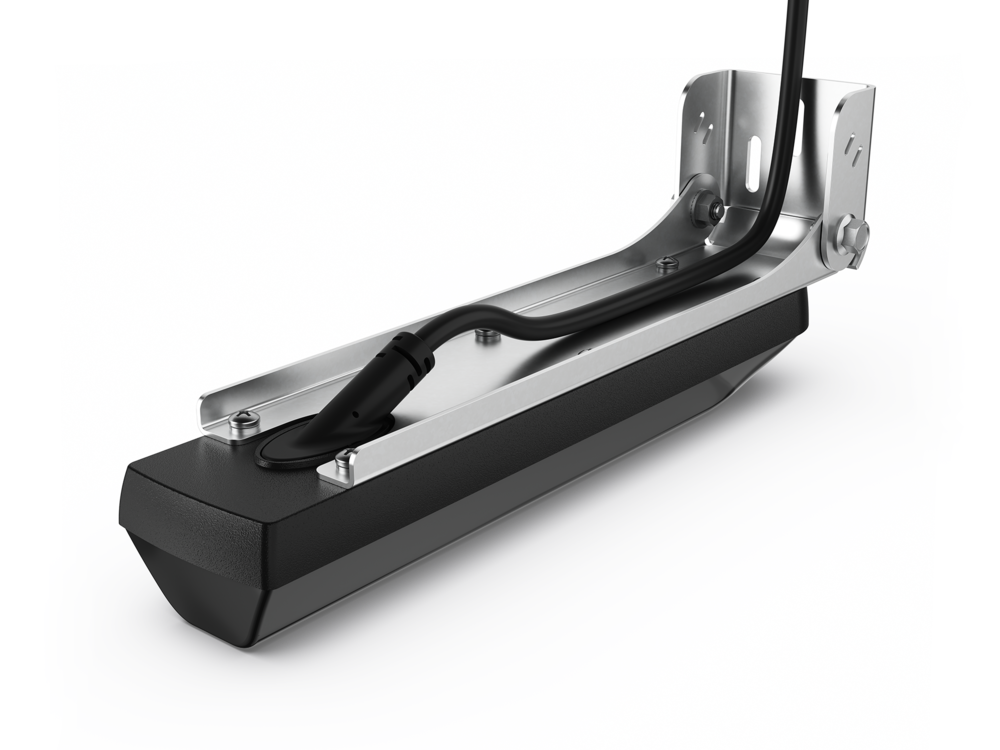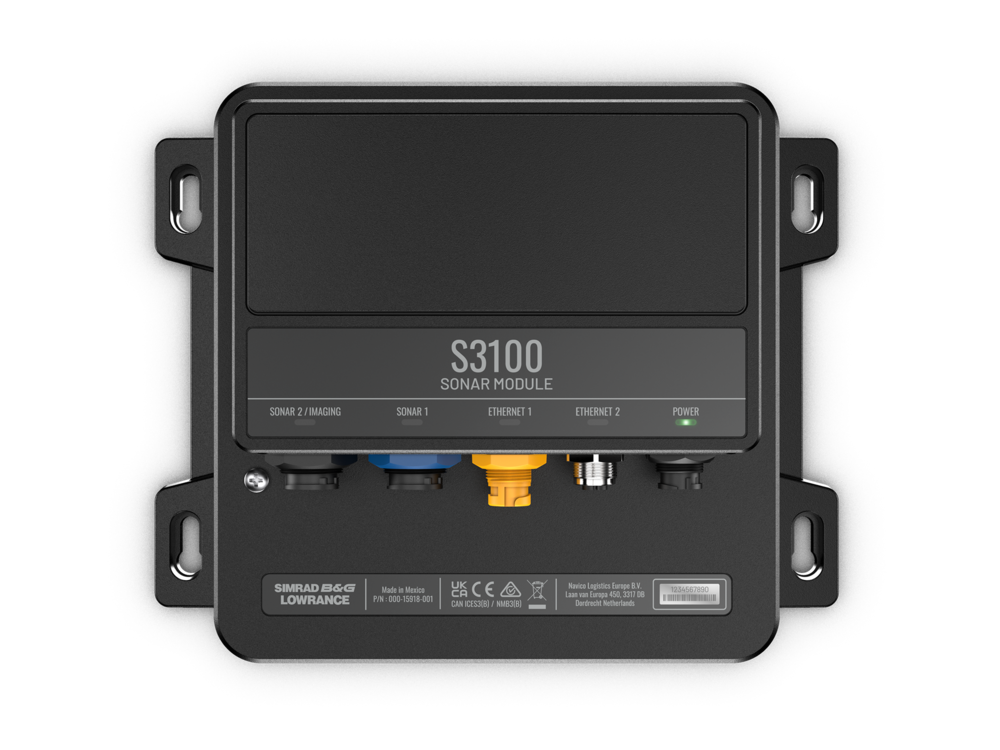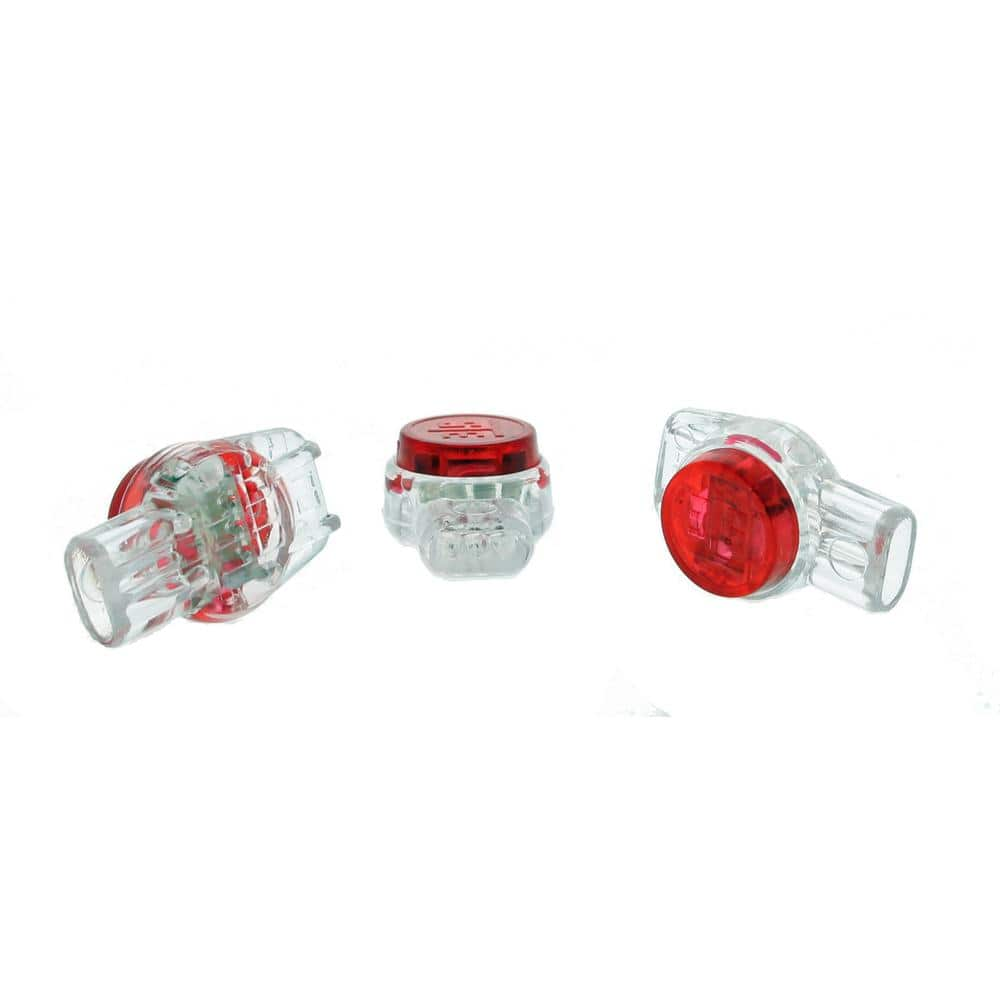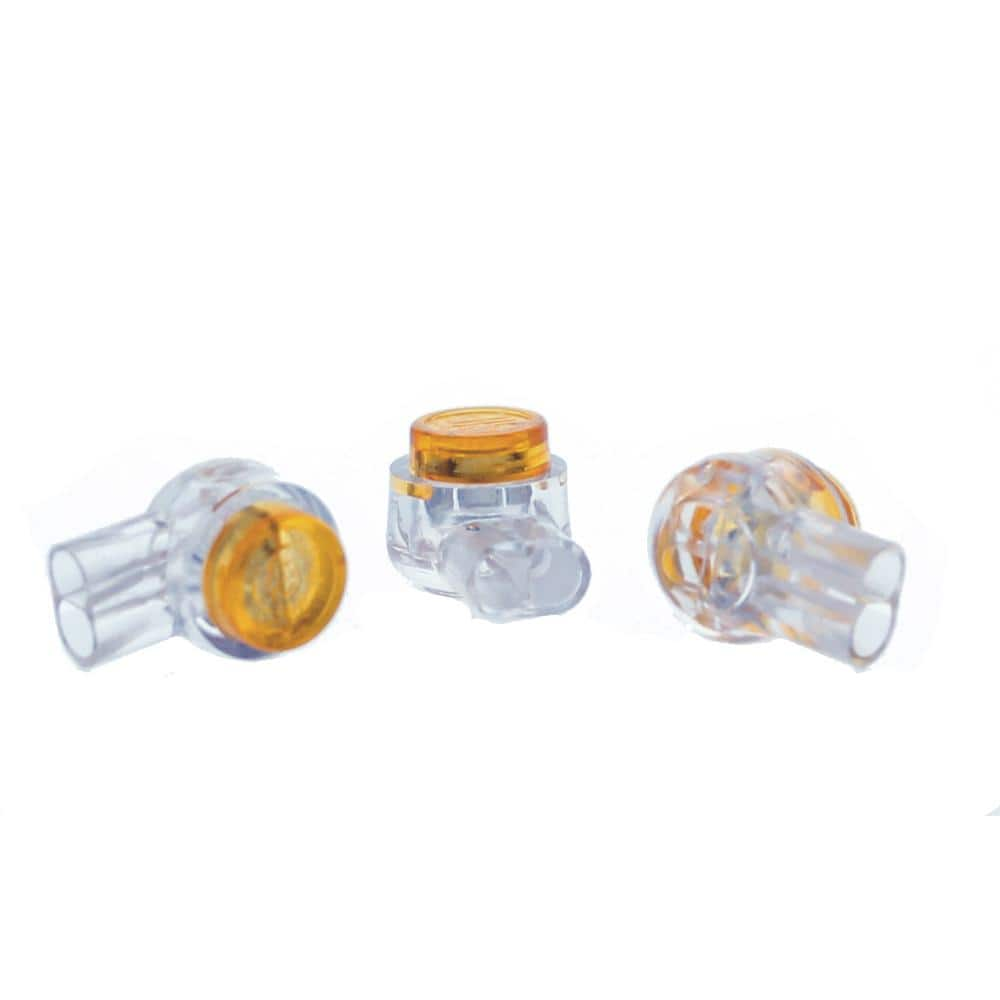Photo attached. I had to run outside in-between thunderstorms right now... so not the best photo:
View attachment 219054
The port-side Active Imaging 3-in-1 Transducer is mounted to a small plate of HDPE that's screwed into the transom. The starboard transducer is mounted to a much bigger HDPE plate (which isn't visible in this photo), because I repositioned the starboard transducer many times before settling on its final position. I added the port-side transducer afterward.
The twin transducer locations are a definite compromise, and the criteria and conditions that led me to this compromise are as follows:
→ I sight-fish in very skinny water as often as I do deeper water — skinny enough that I sometimes pole my boat over shoals if I think my trolling motor will spook the fish. Because I have the same transducer on both of my fishing kayaks, I knew that with the transducer mounted close to the surface of the water, I can get reliable imaging even out to 30 ft to each side at 2 ft depth. Therefore, I wanted to keep the transducers close to the waterline.
→ On the other hand, in deeper water, it's nice to have the transducers below the troughs of any waves, so I didn't want the transducers too close to the waterline.
→ I keep this boat on a lift. The lift's bunks are angled to keep the bow proud, to encourage drainage during heavy rainstorms. (As you can see, I also pull the drain plug when the boat is on the lift.) Because of the bunks' angle, when I'm driving the boat onto the lift, the bow of the boat touches the bunks first, and the back of the boat can still be half a foot above the bunk. If the boat swings, I don't want the bunks to rip the transducers off.
→ I don't care about losing side-scan when I'm on plane, and I wanted to minimize drag from the transducers at speed. Sidescan is something I use when I'm actively searching for fish at trolling speeds or less. Meanwhile, the boat's thru-hull HDI transducer holds bottom no prob — no matter the speed or attitude of the boat. I have my MFDs configured to display depth and down-scan using the HDI transducer at all times, while the two AI transducers handle side/structure-scan when I'm off plane.
I've had these transducers since I've had my boat — for a few years now. The ones on my kayaks are even older. If I were installing a brand new system today, I'd go with the new Active Imaging HD transducers connected to a networked S3100 sonar module:
Step up to the ultimate fishfinding clarity with new, high-definition (up to 1.2MHz) Active Imaging™ HD sonar.

www.lowrance.com
The Lowrance® S3100 sonar module brings support for high-definition Active Imaging™ HD sonar to Elite FS, HDS Carbon and HDS LIVE displays, plus support for the FishReveal SideScan view.

www.lowrance.com
The S3100 module has two sonar ports. I'd run the boat's thru-hull on one port, and I'd run two AI HD transducers via a Y-cable on the other port.
If you like the location of the Garmin transducers on your 210 FSH, you might want to consider doing something similar on your Sport H. Or perhaps you could 3D-print (using PETG+CF) an angled "foot" to surface-mount the transducers to the ride plates of the Sport H.
On a tangential note — I wish I had gotten 9×9 trim tabs instead of the 9×12 I installed. The 9×12 have way more authority than I ever need. I never deploy them over 50%. I also wish that I had mounted them angled higher when they're not deployed. I followed the directions and kept their trailing edge 1/2'' above the plane of the hull (while the leading edge is 1/4'' above the plane of the hull). A full inch or more for the trailing edge would've been a better choice, because the tabs in their current rest position definitely increase the turning radius when the boat is leaned over, on plane.







